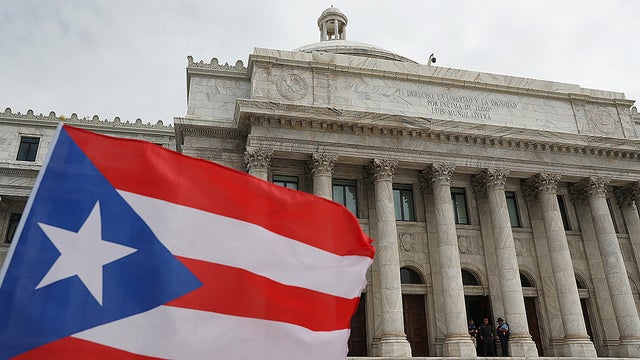
By Sara Lazarevic, 2L
Puerto Rico’s five-year bankruptcy is finally coming to an end. In January, a federal judge approved a restructuring plan that will slash the island’s debt by $33 billion, reducing the debt by 80 percent. It’s the largest restructuring plan the U.S.—or the world—has seen, surpassing the prior record holder, Detroit, by nearly $56 billion. Puerto Rico will finally start repaying creditors, albeit at deeply discounted rates.
In 2016, after decades of mismanagement and $74 billion worth of debt, Puerto Rico filed for Bankruptcy under the Puerto Rico Oversight Management Economic Stability Act (PROMESA). As a U.S. territory, Puerto Rico could not file for bankruptcy under Chapter 9, the traditional route available for distressed municipalities. PROMESA, signed by President Obama, gave the island a means to file for bankruptcy. Puerto Rico’s claim created over 100 additional adversary proceedings, all sperate from the main bankruptcy case, and over 400 contested matters within the main bankruptcy case. The bankruptcy process alone has resulted in $1 billion worth of legal fees. This cost has been paid with public funds; in other words, by Puerto Rican taxpayers, many of whom already live in poverty.
The restructuring plan, while not perfect, seems good enough. Judge Laura Taylor Swain of the Federal District Court for the Southern District of New York determined that, while some creditors objected to the restructuring plan, the plan would “enable the commonwealth to provide future public services and remain a viable public entity.” As early as March 15, anyone holding a Puerto Rico general obligation bond or commonwealth-guaranteed debt will swap their security for a new restructured general obligation. The new bonds, depending on when they were bought and sold, will give investors 67.7 to 80.3 cents on the dollar. Once the bonds are exchanged, Puerto Rico will not pay more than $1.15 billion in principal and interest annually. In other words, for every dollar of taxes the government collects, just 7.2 cents will go to creditors (compared to the previous 25 cents), leaving the remaining revenue for the government. Puerto Rico also had over $50 billion in pension liability but under the approved plan, pensions will remain protected—a big win for many retirees and the civil society of Puerto Rico.
This is just the beginning for Puerto Rico as it heads into a new phase. Future debt repayments will also pass down to Puerto Rican residents, a financial commitment that will likely last the next three decades. Also pending are the debt restructuring of some government agencies, which include the Puerto Rico Highway and Transportation Authority and the Puerto Rico Electric Power Authority, who have collectively racked up $15 billion in debt—which they still seek to avoid.




